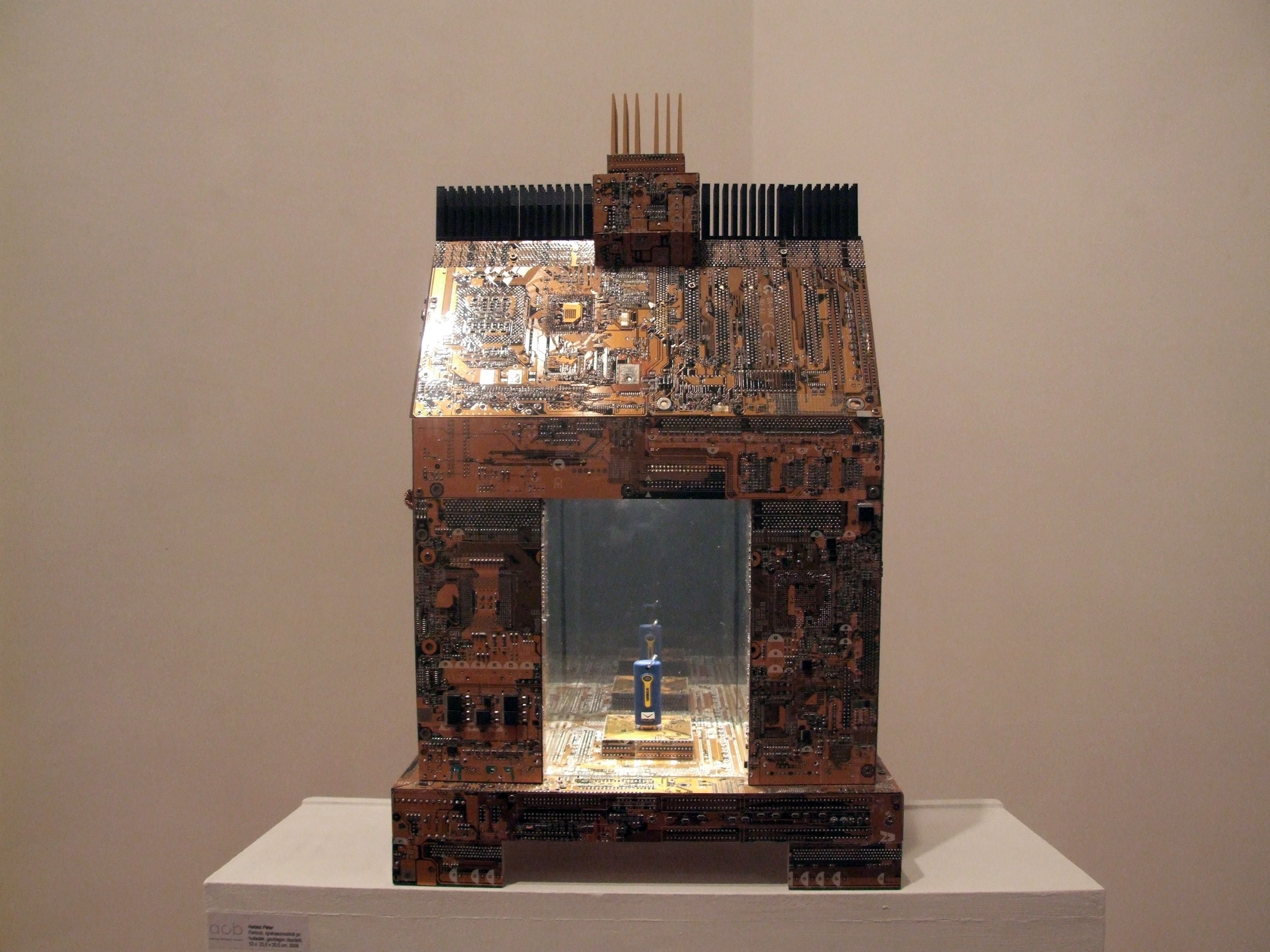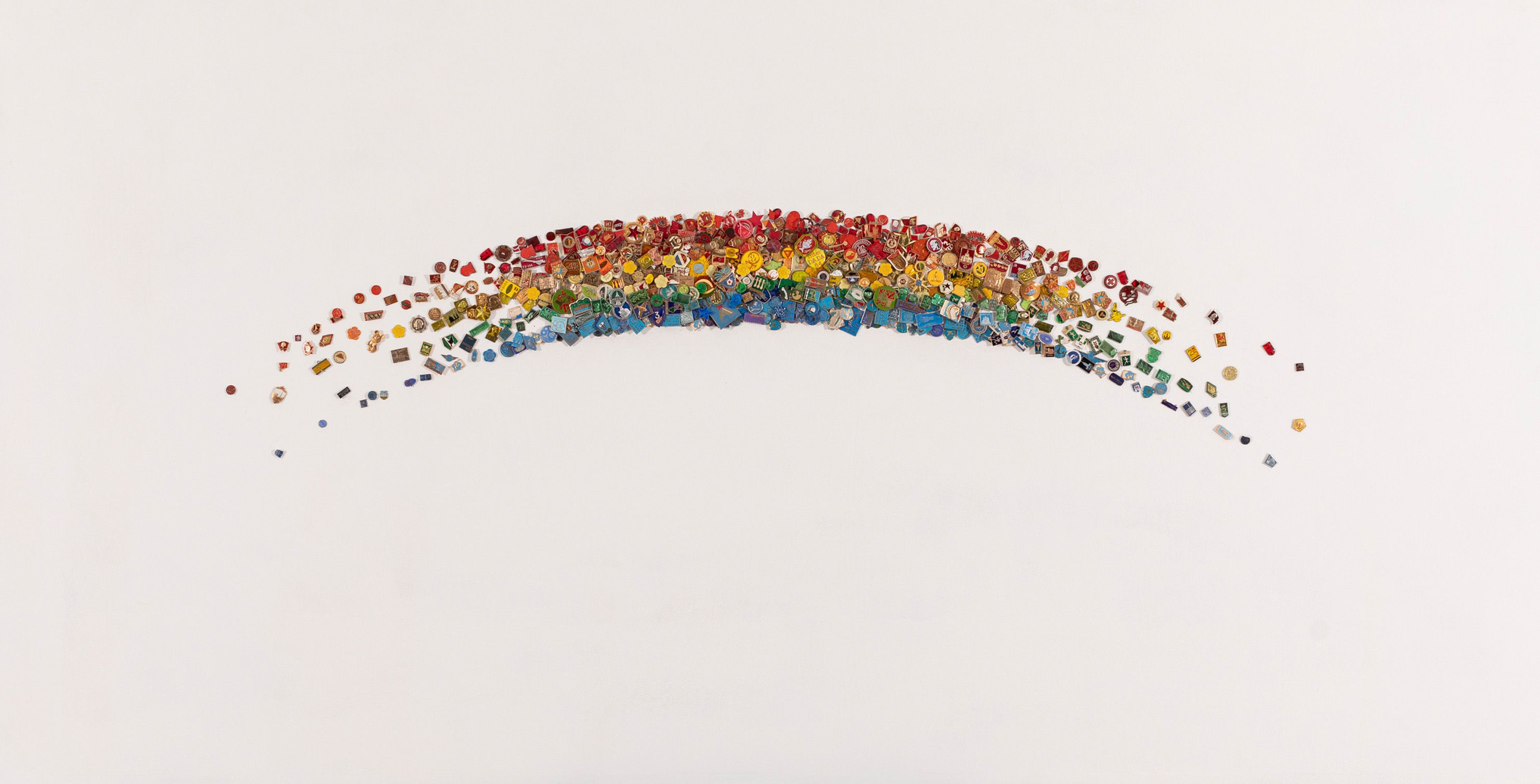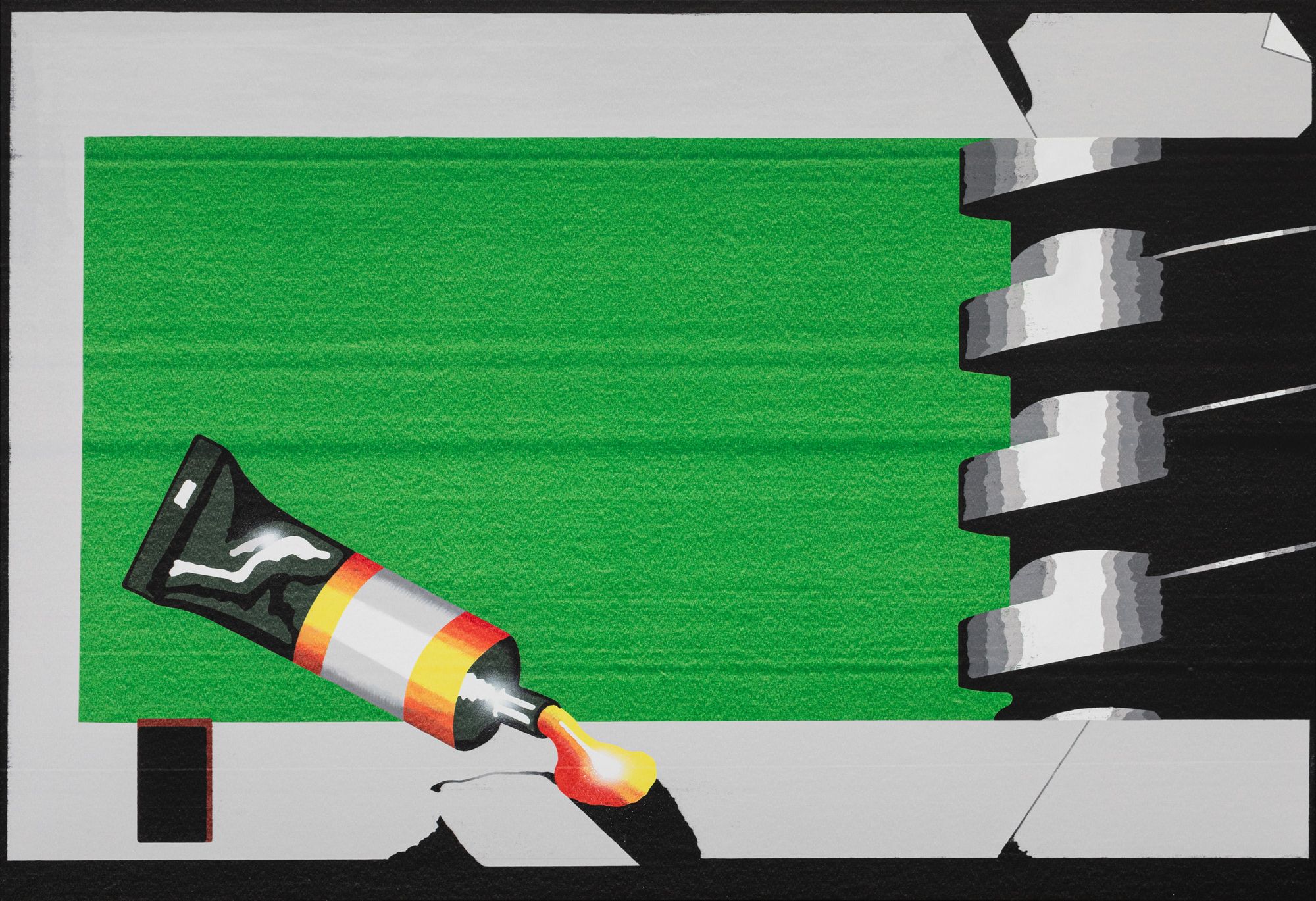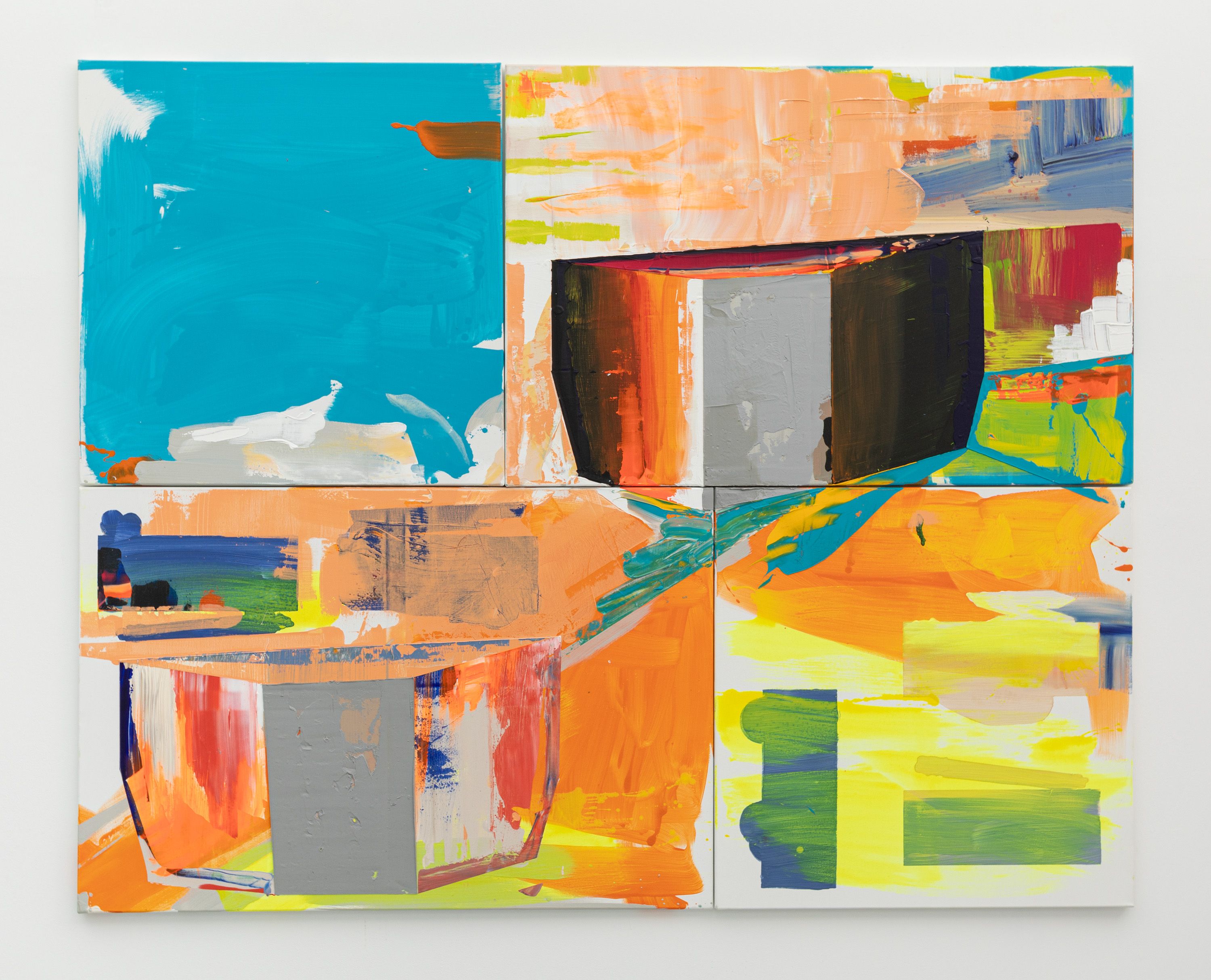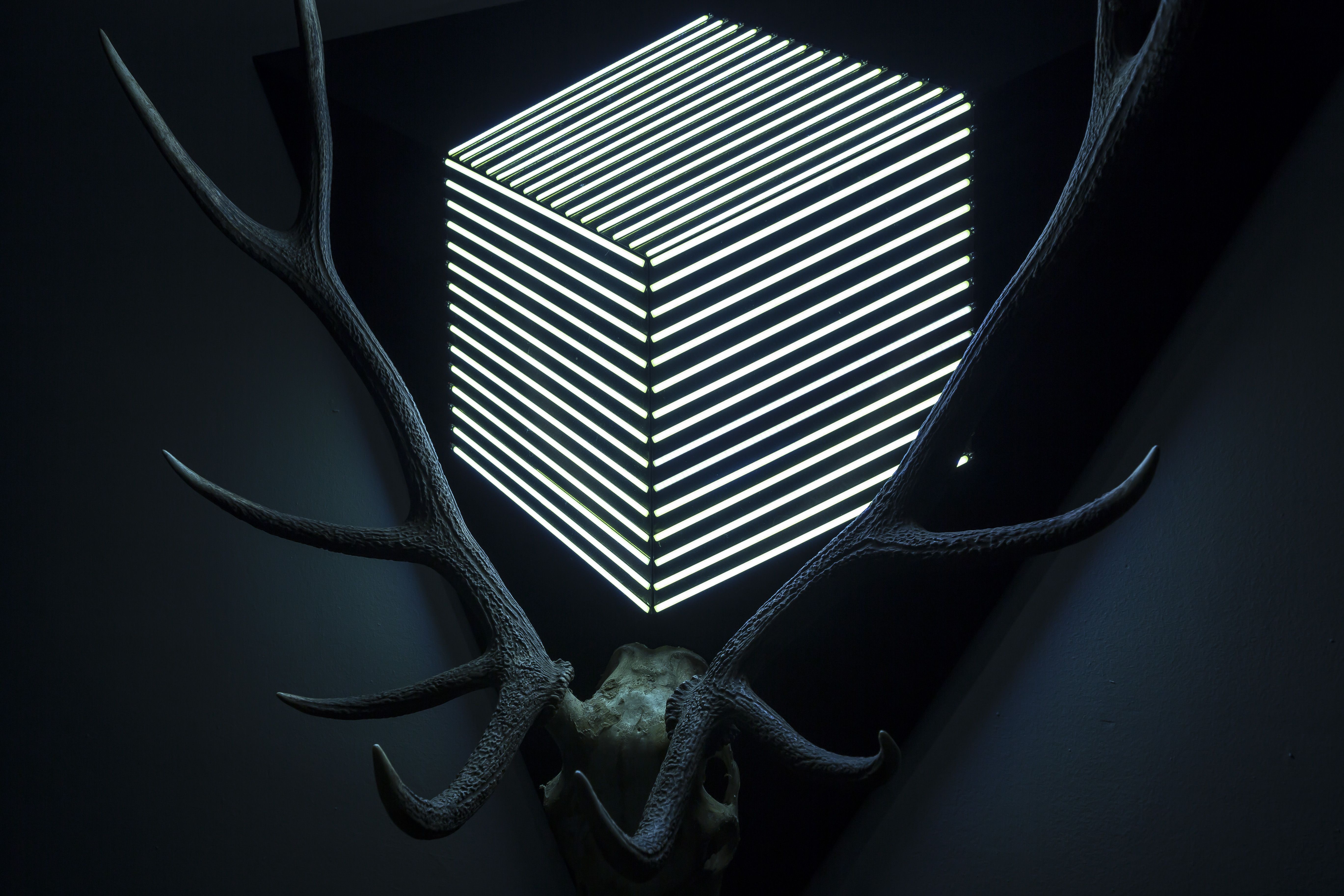4 HUMOURS
| Venue: | acb Gallery |
| Date: | Feb 27 – Apr 10, 2009 |
Description
The exhibition’s starting point is a simple question: why can we think only in categories? Why do we feel that if we position something according to a previously defined set of ideas, it becomes more comprehensible? How do systems of division come into being in art history and how can works of art be classified into different types? Is it possible at all in the 21st century to define such types?
A closer look at these seemingly simple questions will make it clear that an age-old philosophical problem lies at their heart. Classifying, creating types is not the product of the 20th century. Everything depends on the definition. This is what the present exhibition aims to reflect on.
Hippocrates, the Greek physician and philosopher renowned as the founder of medicine, classified people on the basis of their bodily liquids. In the ancient Hippocratean system, the mixture of the principal liquids – blood, black and yellow bile, and phlegm – is different in each individual, and four major categories of people may be established according to the dominant liquids. There are sanguine, melancholic, choleric, and phlegmatic types. From Latin antiquity on the common term to denote these bodily liquids had been the word (h)umor, and the mixture of the humour had been thought to determine a person’s temperament, the extent of his or her humour.
The Hippocratean categories later came to be used to define almost everything: seasons, periods of the day, the principal elements, Zodiacal signs, tastes, ways of thinking, basic characteristics, stages of human life, or branches of art. Thinking in types soon became an obvious option in art too, and colours provided the means to achieve it. Red, black, yellow, and white were associated with bodily humour, and the mixture of colours in the image was thought to reflect temperaments. The most apparent and direct adoption of the Hippocratean system in art is in Dürer’s 1526 painting, the Four Apostles.
The present exhibition may be considered a counterpoint to Dürer’s picture and the Hippocratean system in general. Art history became a scientific discipline by classifying works of art according to periods, genres and categories. However, just as the general conception of medicine about the categorizability (or uncategorizability) of temperament-types has changed throughout the centuries, the appreciation of works of art has also demanded new perspectives from the receivers. Hans Belting was the first to point out in the early 1980s that in writing the history of art the evaluation of works of art, thinking in ideas and categories is no longer a viable alternative. The difficulty of orientation in contemporary art has been a commonplace since then.
In the present exhibition, orientation may be understood as the impossibility of orientation. The exhibition displays hitherto unexhibited works by 12 artists; pieces the wider public have not seen yet either because they do not fit the general conception of the artists’ work or because they are completely new. The 12 artists are already part of the art-historical canon, they have been categorized. Still, this time they exhibit works that are difficult to position within their respective oeuvres. These works are linked by their uncategorizability whether this lies in the employment of a new technique or one not customarily associated with the artist (we can see videos and ready-made works by Róbert Batykó, drawings by Péter Szarka, embroidery and a special tableau by Ágnes Előd, an artist’s book by Hajnalka Tarr, and photo work by Gyula Várnai), new modes of iconographic representation (Mary with a naked arm by Erik Mátrai, or the “goldsmith’s work” assembled from computer motherboards by Péter Halász), new techniques of shaping the material (sculptures with metallic, rustic surfaces by Zsófia Farkas), or a non-typical choice of subject (Andrea Rádai, Rita Farkas, Zoltán Ádám, Attila Szűcs).
The exhibition aims to highlight the impossibility and perhaps the undesirability of thinking in types and categories. Works of art, like people, cannot be classified in a group, category, style or type without constraints. Since, however, it is difficult to get rid of the age-old philosophy that everything belongs to some category, it is perhaps only a question of time that these works should be classified in one way or another. After all, everything depends on the definition. But even until then let us enjoy these pieces without categories.
Artists:
Zoltán ÁDÁM, Róbert BATYKÓ, Ágnes ELŐD, Rita FARKAS, Zsófia FARKAS, Péter Tamás HALÁSZ, Erik MÁTRAI, Andrea RÁDAI, Péter SZARKA, Attila SZŰCS, Hajnalka TARR, Gyula VÁRNAI
curator:
Kinga Bódi
